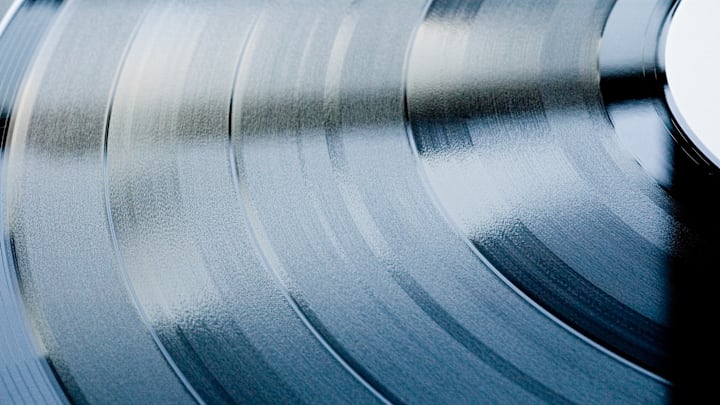Even with millions of songs available to stream, music lovers are keeping vinyl alive. Record sales surpassed CDs in 2020 for the first time in nearly 35 years. The types of songs cut on vinyl and the people who listen to them may be changing with the times, but the way the physical objects are made has stayed the same.
The video below from WIRED shows how Jack White’s Third Man Records in Detroit transfers music onto polyvinyl chloride. The vinyl pressing plant starts with a nail polish-like material called lacquer. Grooves are etched into the lacquer by a machine called a VMS70 (which went out of production in 1980). The songs on both sides of a vinyl record may add up to less than 40 minutes, but cutting them in the factory takes up to two-and-a-half hours.
Even with machines doing a lot of the work, cutting vinyl requires a high level of craftsmanship. The stylus doing the etching has to be kept at the perfect temperature—too hot and it will burn through the lacquer, and too cold and it won't penetrate it at all. Other errors are easier to miss, like hair or debris that lands on the material. A record’s grooves are between 0.04 and 0.08 millimeters wide, and even the smallest imperfection can ruin the quality of a song.
Vinyl sounds best when it hits the turntable for the first time, but decades-old records are still desirable to certain music enthusiasts. Collectors are willing to pay thousands for records dating back as recently as the 1990s. Here are the most valuable records that may be hiding in your attic.
[h/t WIRED]
